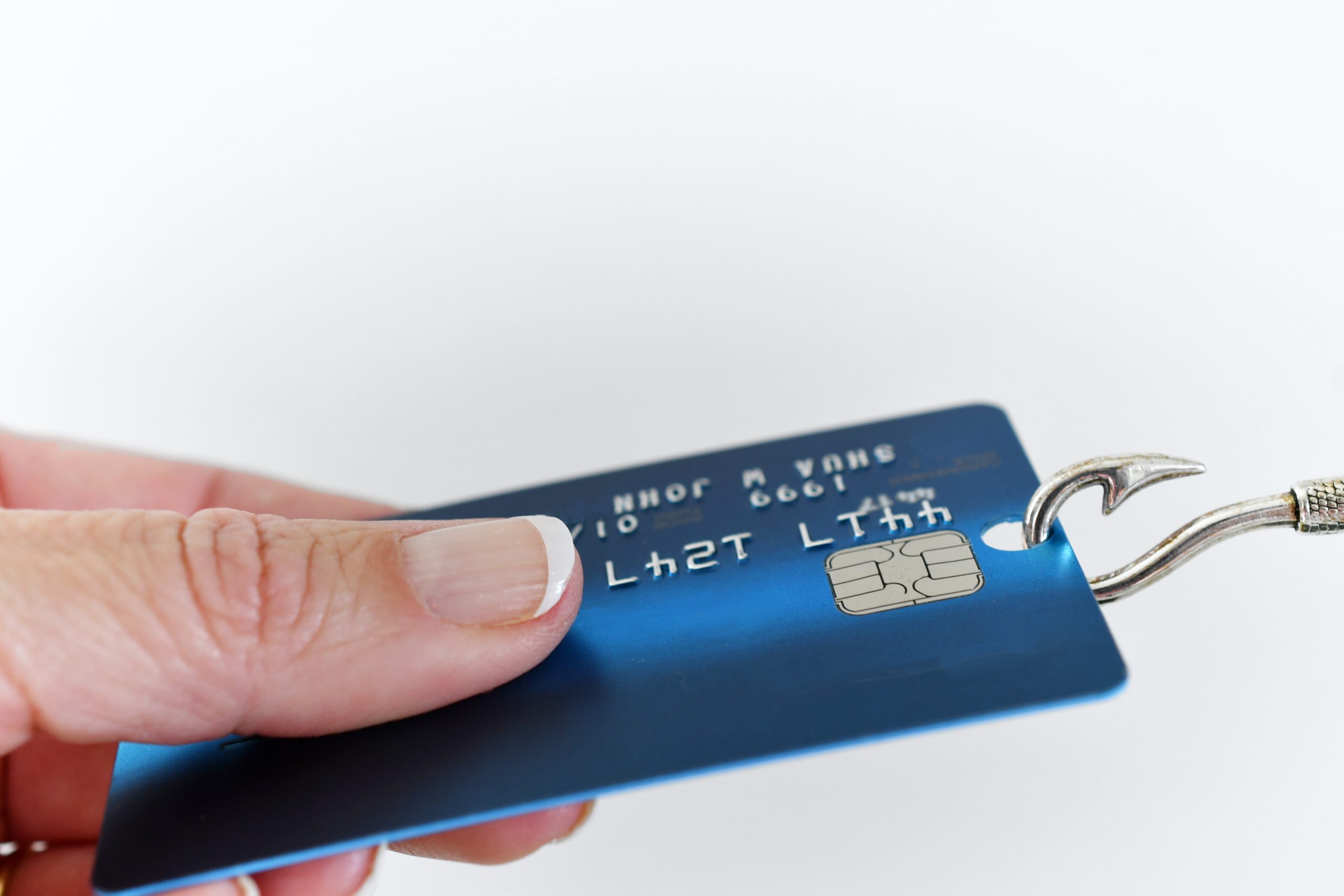
In general, a phishing scam is an attempt by cybercriminals to get users to take some sort of action through deception. Phishing attacks are still a concern in the digital world, and they pose a danger to everyone. They’re not only there, but they’re growing and more common than ever before.
It doesn’t matter who you are or what firm you work for; these phishing scams affect all organizations. It’s why it’s so critical that you learn more about the many forms of phishing frauds and how to defend against them. If you want to safeguard your business data, you need to understand how to identify these scams.
What is Phishing?
Phishing is a type of online fraud where cybercriminals attempt to steal people’s personal information or money by deception. They often appear to be from a legitimate organization and ask the recipient to provide sensitive information such as passwords, credit card numbers, or Social Security numbers.
Phishing scams are sent through a variety of channels, including
- Phone calls
- Text messages
- Social media messaging
- Fraudulent advertisements
The scammers then use this information to commit identity theft or other crimes. Phishing attacks are becoming more sophisticated, and it’s getting harder to tell if an email is legitimate. That’s why it’s essential to know how to spot a phishing scam and what to do if you receive one.
Types of Phishing Attacks
There are several different types of phishing methods for stealing data, including email phishing, spear phishing, executive phishing, and vishing.
These types of phishing scams range in style and method, and all are dangerous to your business. This guide will define the different types of phishing attacks so you can better protect your staff and your company.
1. Email Phishing
Email phishing is the most common type of phishing scam. It involves sending fraudulent emails to people in order to steal their personal information. The emails may appear to be from a legitimate organization, such as a bank or credit card company, and ask the recipient to provide sensitive information.
Email phishing scams are often hard to spot because they can look like legitimate emails from companies you know and trust. It’s important to be aware of the signs of a phishing email, such as spelling and grammatical errors, unexpected attachments, and requests for personal information.
2. Spear Phishing
Spear phishing is a type of phishing attack that targets specific individuals or organizations. The emails are sent to a small group of people who are likely to have the information the scammers are looking for.
Spear phishing scams are often more sophisticated than email phishing scams, and they can be harder to spot. They may appear to be from someone you know or an organization you’re familiar with. The best way to defend against spear phishing is to be aware of the signs and to never click on links or attachments from someone you don’t know.
3. Whaling
Whaling, also known as CEO fraud or executive phishing, is a type of spear phishing attack that targets high-level executives in an organization. The goal of these scams is to gain access to the executive’s email account so the attacker can send out illegitimate emails from the executive’s address.
Whaling attacks are often very sophisticated, and they can be difficult to spot. The best way to defend against them is to educate all employees on the signs of a scam and to create strong passwords that are difficult to guess.
4. Vishing
Vishing is a type of phishing attack that uses voice calls instead of emails to steal people’s personal information. The scammers call the victims and pretend to be from a legitimate organization, such as a bank or credit card company. They then ask the victim to provide sensitive information such as passwords, credit card numbers, or Social Security numbers.
Vishing scams are often hard to spot because the scammers sound like they are from a legitimate organization. They may even have the victim’s personal information. The best way to protect yourself from vishing scams is to be aware of the signs and never give out your personal information over the phone.
Taking Action Against Phishing Scams
Although phishing scams are frustrating and can cause a lot of chaos and havoc within businesses, there are ways to protect against them. What’s most important is that your company provides advanced cybersecurity services to help take action against these scams. It’s also essential that you train your staff to recognize and avoid them and also report any suspicious messages or behaviors.
If you’re looking for advanced cybersecurity services, contact JNT Tek today for more information about how they can help protect your business.




CONNECT WITH US!